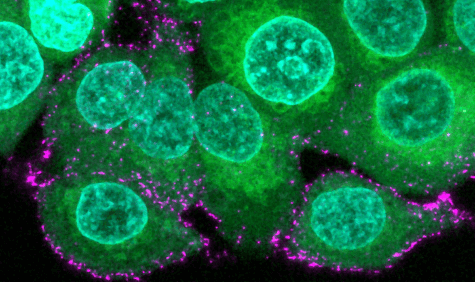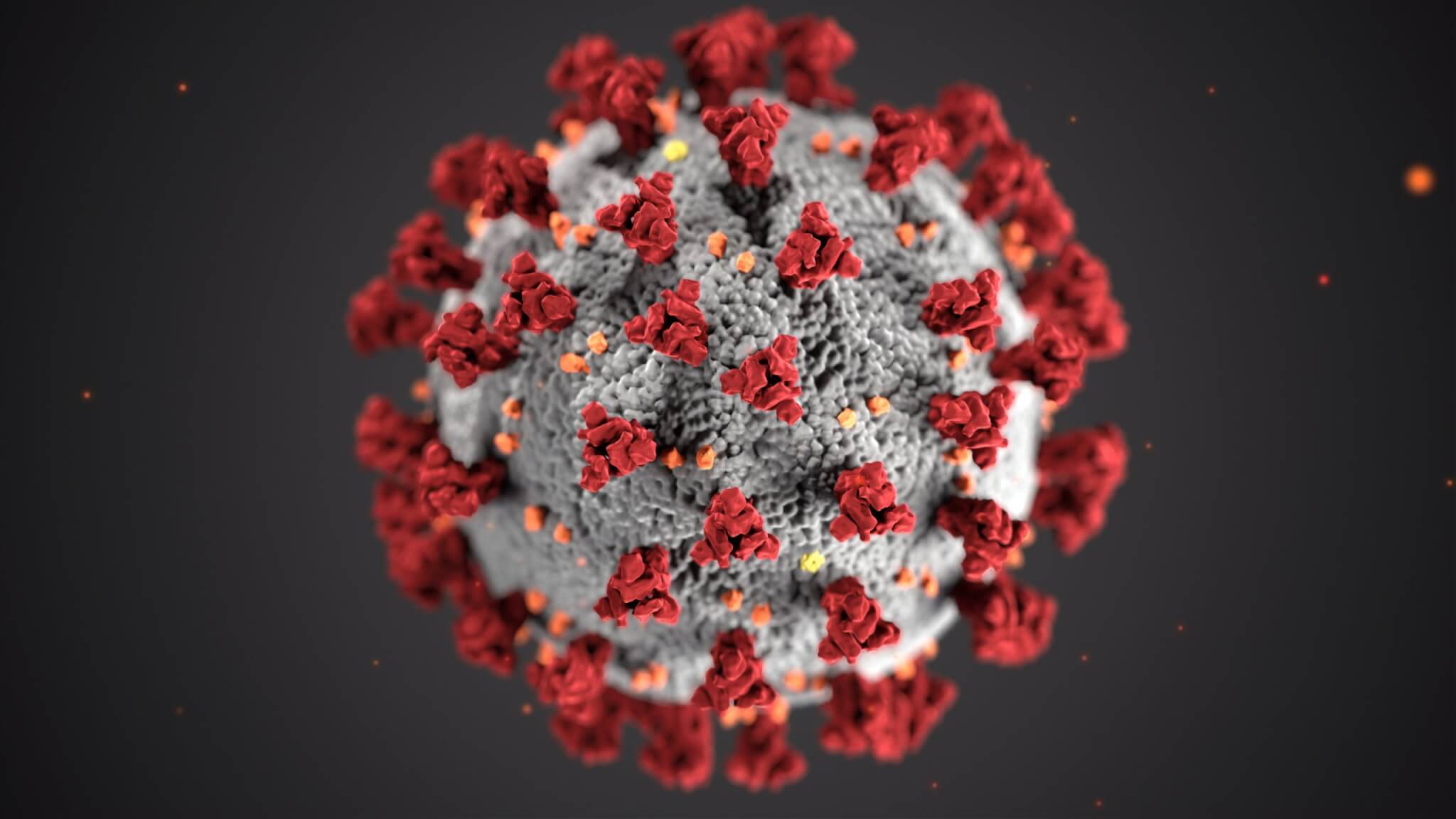BRISTOL, U.K. — In the ultimate game of hide and seek, researchers from the University of Bristol have found a way to detect SARS-CoV-2 (the virus that causes COVID-19 infection) variants buried in your body. Two new studies reveal how variants conceal themselves in different cells and how they avoid the immune system.
COVID-19 variants have been a thorn for scientists’ who had hoped vaccines could end the pandemic. Mutations to the spike protein have allowed variants such as Delta and Omicron to be more contagious and more adept in evading neutralizing antibodies. When an infected person has hidden variants in their body, it can make it more difficult to rid the body completely from the virus.
By removing hidden variants, scientists are also limiting the opportunity for viruses to mutate further and develop more dangerous abilities.
Scientists focus on an unmutated binding pocket on spike protein
The research team honed in on a tailor-made pocket found in the SARS-CoV-2 spike protein. Earlier research deduced it played a role in infecting nearby cells, but how it does so remained poorly understood. Additionally, researchers found the pocket unaltered in variants that tend to mutate most of the spike protein.
“An incessant series of variants have completely replaced the original virus by now, with Omicron and Omicron 2 dominating worldwide.” explains Professor Imre Berger, coauthor of the studies in a media release. “We analysed an early variant discovered in Bristol, BrisDelta. It had changed its shape from the original virus, but the pocket we had discovered was there, unaltered.”
BrisDelta was collected from a small sample of patients. The team used the samples to create artificial viruses to study the function of the pockets, with the only difference from SARS-CoV-2 being that it does not replicate.

“Our results showed that one can have several different virus variants in one’s body. Some of these variants may use kidney or spleen cells as their niche to hide, while the body is busy defending against the dominant virus type. This could make it difficult for the infected patients to get rid of SARS-CoV-2 entirely,” says Dr. Kapil Gupta, lead author of one of the studies.
Binding pocket disguises COVID-19 variants from immune system
The researchers found the pocket helps with viral infection by changing the shape of the spike protein when it binds to a fatty acid. Changing the shape helped cloak the virus from immune cells.
Dr. Oskar Staufer, the lead author of one of the studies and joint member of the Max Planck Institute in Heidelberg and the Max Planck Centre in Bristol, explains: “By ‘ducking down’ of the spike protein upon binding of inflammatory fatty acids, the virus becomes less visible to the immune system. This could be a mechanism to avoid detection by the host and a strong immune response for a longer period of time and increase total infection efficiency.”
While the pocket gives SARS-CoV-2 an immense survival advantage, it may also serve as its weakness. Because the pocket has little to no mutations between variants, scientists predict using an antiviral molecule to block the pocket should be effective in exposing all variants in the body.
The new studies are available to read in the journal Nature Communications.
